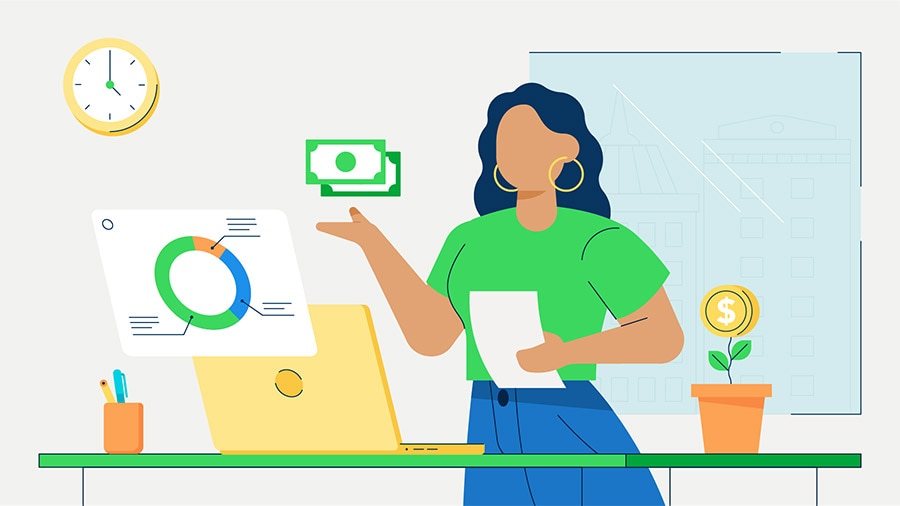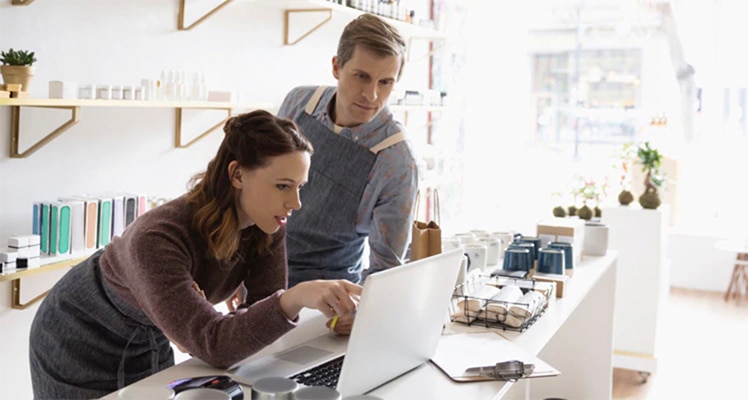As a small business owner, having a physical presence or selling online to customers in a certain state may require you to charge sales tax. Sales tax laws and rates can vary, and it can get overwhelming to keep up and stay compliant.
Let’s look at the sales tax remittance process, from understanding your obligations to filing your sales tax return. We'll provide actionable tips on how to streamline your sales tax process, saving you time and money while avoiding potential penalties.
How to file and pay your sales tax remittance
How to file sales tax returns by state
Accurate sales tax remittance best practices










 A sales tax nexus is a connection you have with a state—which can be physical or economic, such as a physical location or selling to customers in a state.
A sales tax nexus is a connection you have with a state—which can be physical or economic, such as a physical location or selling to customers in a state.


 Filing frequency defines when you must report and pay the tax authority—usually based on revenue and often set to monthly, with tax due on or before the 20th of the month following the period reported.
Filing frequency defines when you must report and pay the tax authority—usually based on revenue and often set to monthly, with tax due on or before the 20th of the month following the period reported.
 If filing by mail, understand if your state treats the return and payment timely if postmarked on or before the due date or if they measure timeliness based on the receipt date.
If filing by mail, understand if your state treats the return and payment timely if postmarked on or before the due date or if they measure timeliness based on the receipt date.




